When I first considered different AI SEO tools to try, I was overwhelmed by the options available.
![Download Now: The Annual State of Artificial Intelligence in 2024 [Free Report]](https://i4lead.com/wp-content/uploads/2024/08/b72f2b25-8cc9-4642-9a1b-1e675d3d273b.png)
A weekend of testing revealed that popular tools weren’t always the best fit for my SEO workflows and processes. I learned that there is no one-size-fits-all solution when you’re looking for the ideal AI SEO tool.
The right choice depends on your unique objectives, processes, and budget.
This guide will help you make an informed decision by exploring AI in SEO and how to use these tools effectively.
I’ll uncover the essential features to look for in each tool you consider and share valuable insights gained from testing top solutions.
Whether you’re a freelancer, in-house marketer, or consultant, this guide will help you identify the AI SEO tools that align with your goals.
Table of Contents
How Marketers Use AI
As a content marketer, I use AI tools to help with a range of tasks, from research and brainstorming to project management and analytics.
Digital marketers also use AI to support content creation, most commonly writing copy for social posts, blogs, and websites.
A huge caveat is that AI-generated content usually isn’t ready to publish right away. It’s best to put AI drafts through human review to ensure accuracy and quality.
In short, instead of marketing coming down to AI vs. humans, the two should work together.
AI in SEO involves using advanced algorithms, including machine learning and natural language processing, to process and analyze large volumes of data.
This allows SEO professionals to optimize their SEO strategies and automate specific tasks.
The impact of AI on SEO is significant — with 84% of bloggers and SEO specialists reporting that AI and automation influenced their SEO strategy in 2023.
AI doesn’t just replace human effort but enhances it through intelligent automation. This unveils insights and optimization opportunities that would be challenging for SEO professionals to identify manually.
According to our recent State of AI report, data shows that marketers who use AI save an average of 12.5 hours per week, which equates to 25-26 additional working days per year. Here are some effective ways to use AI for SEO.
Building a Smarter Content Strategy
AI’s data processing capabilities can help you develop a smarter content strategy that prioritizes and aligns with your target audience’s needs.
For instance, use an AI-powered toolkit to analyze survey data, customer reviews, interviews, and sales call records to uncover valuable insights for your messaging.
These insights will help you identify high-value keywords and topic clusters to target. Additionally, you can uncover gaps, opportunities, and trends.
From there, you can map out a focused content calendar that targets high-opportunity terms and create content formats that resonate with your audience.
Automating Repetitive Tasks
While you should focus on implementing your SEO strategy, use AI to automate repetitive tasks that are challenging to manage at scale, such as:
- Site crawls and technical audits across millions of URLs.
- Continuous rank tracking across devices and locations.
- Backlink monitoring and opportunity identification.
For example, an AI content optimization tool can suggest improvements, but changes must always be reviewed and approved manually.
Before publishing your content, use an AI SEO tool to suggest and automatically create internal links within your website.
This can improve site structure and user experience and help distribute link equity more effectively.
How I Tested the Top AI-Powered Tools for SEO
As an SEO professional, I was eager to see how the latest AI SEO tools could help me improve my SEO workflows and drive better results.
However, I know not all AI SEO tools are created equal. Throughout my testing process, I used the following criteria:
- True AI and machine learning capabilities: When choosing tools to include in this list, I prioritized those that use advanced technologies like natural language processing and neural networks over simplistic rules-based systems or rebranded legacy software.
- Intelligent optimization, not full automation: Despite AI’s potential for automating specific SEO tasks, I looked for tools that complimented my effort and strategic decision-making. The most beneficial AI SEO tools helped improve my expertise by providing intelligent automation and data-driven recommendations instead of dictating my entire process.
- Specialization for SEO use Ccses: Since SEO is an intricate, multidisciplinary practice, I expanded my testing to include platforms purpose-built for core SEO needs like keyword research, content optimization, technical audits, and rank tracking, in addition to AI writing tools and content assistants.
- Seamless integration: Any AI SEO tool must integrate with CMS tools, analytics stacks, and other essential marketing technologies you’re using. I prioritized solutions with robust integration capabilities through APIs, native connectors, or third-party partnerships. Ease of setup and installation was also a key factor.
AI SEO Tools: Top Features in 2024
While your specific needs and preferences will determine the AI SEO tool you pick, there are essential features that every dependable AI SEO tool should have.
To help you select the most effective solution, consider these features and capabilities:
A Robust AI Core
Look for tools that incorporate advanced natural language processing (NLP) and deep learning algorithms.
As you do this, don‘t just take the vendor’s word for it. Dig into documentation, examine case studies, and seek out user feedback on platforms like G2 and TrustRadius.
A robust AI core will have a track record of success and continuous improvement.
Tailored for SEO-Specialized Features
The tool you choose should cover crucial aspects of SEO, from conducting in-depth keyword research to optimizing on-page content, from performing technical site audits to tracking rankings in real time.
It should also provide insights into your competitors‘ strategies, giving you a comprehensive view of your SEO landscape.
These specialized features ensure that you’re getting generic AI assistance and targeted support for your SEO efforts.
Seamless integration
No tool exists in isolation. The most effective AI SEO tools offer seamless integration capabilities through APIs and connectors, allowing them to work well with your existing tech stack.
The integration process should also be straightforward and cause minimal disruption to your workflow.
Look for tools that have established partnerships with leading platforms, which often indicates better integration possibilities.
Responsive Support and Active Development
Even the most advanced AI SEO tools can’t replace good old-fashioned customer support. Seek out vendors known for their reliability and commitment to product development.
They should offer quick, accessible technical assistance through multiple channels.
Scalable Performance and Pricing
Finally, consider the tool’s ability to handle increasing amounts of data and usage without compromising speed or accuracy.
Your AI SEO tool’s pricing should be flexible, offering options that fit various budgets and needs.
Remember, the most expensive option isn’t always the best, so look for a balance between cost-effectiveness and reliable performance.
By considering these factors, you can identify an AI SEO tool that meets your current needs and can evolve alongside your business, providing long-term value in your SEO efforts. Let’s look at the 17 best AI SEO tools.
I have included both free and paid tools to help with all parts of the SEO process, including strategy planning, content optimization, and technical SEO.
17 Best AI SEO Tools
Price: Create a bundle to get a quote.

I use HubSpot’s suite of AI tools to work more efficiently, develop my SEO strategy, and create optimized content that ranks higher in SERPs.
What I love about these tools is that they are designed to allow for easy transitions between manual and AI-assisted creation, giving me the best of both worlds.
The most impressive thing about HubSpot’s AI-driven content generation tools is that they’re adept at generating copy for a wide range of needs, from blog posts to landing pages to marketing emails and beyond.
Here’s how I use HubSpot in my day to day:
- I scan my website using the SEO suggestions tool to identify optimization opportunities automatically. This tool ranks recommendations by priority, so it’s easy to see which actionable insights will be the most impactful.
- I leverage the AI content writer, which helps me brainstorm topics and fill out my editorial calendar. It’s also useful for drafting email copy and pitching guest posts to chase high-quality backlinks.
- Once I have ideas, I turn to the AI blog writer to transform them into comprehensive, engaging blog posts. All I have to do is feed the tool an outline or a set of bullet points, and it creates well-structured content that follows SEO best practices. From there, I can review each post and add the final touches — this tool is invaluable for maintaining a consistent blog output without sacrificing quality.
- The AI paragraph rewriter is my go-to tool for updating existing content and maximizing its reach, effectiveness, and longevity. It rephrases and revitalizes the copy, ensuring my posts remain relevant, engaging, and SEO-friendly.
What I like: HubSpot’s AI-powered tools are designed to complement your creative process, offering the flexibility to toggle between manual and AI-assisted content creation. It facilitates enough efficiency to produce high-quality content at scale.
Bonus: HubSpot’s Blog Ideas Generator uses AI and Semrush keyword data to craft optimized blog post titles, outlines, and content.
Price: Starts at $299 per month.

Image Source
AlliAI helps you easily optimize your website experience for SERPs. One feature I particularly enjoy is its bulk on-page optimization; I use it to set up SEO rules for my entire website. The program also handles code changes on individual pages.
I’ve also used AlliAI’s automated SEO A/B testing, which uses user behavior data to optimize search page titles and boost organic traffic.
What I like: This AI SEO tool works with all CMS platforms and doesn’t require coding experience, which makes it an excellent choice for anyone new to the technical side of SEO.
Price: $99 per month.

Image Source
RankIQ is an SEO toolset that I recommend to fellow SEO professionals who focus heavily on blogging for marketing.
The platform includes several features that make it easier to create SEO blog posts, including the SEO content brief creator, which I use to identify relevant keywords and generate a blog outline in minutes.
I also like using the content-optimizing writing assistant to see which supporting keywords I can add to my posts so they’re more likely to rank at the top of SERPs.
If you want to refresh older or underperforming posts, RankIQ’s tools can help you do that in less than 30 minutes.
What I like: RankIQ has an extensive keyword library of low-competition, high-traffic search terms that make it easy to find high-ROI opportunities.
Price: Starts at $39 per month.

Image Source
INK is an AI writing tool designed to enhance your content’s search engine performance.
It analyzes top-ranked content to help you create outperformant posts. As an SEO assistant, INK identifies keywords to improve your content’s visibility, making it particularly useful for optimizing posts targeting high-competition keywords.
Beyond content generation, INK offers versatile features, including keyword research and clustering.
The keyword clustering feature allows you to input a list of keywords or import data from popular SEO tools like Ahrefs, Semrush, or Google Keyword Planner.
INK then analyzes these keywords, strategically grouping related terms and building topical clusters for improved SEO results. This level of granular keyword optimization sets INK apart from many other platforms.
What I like: Ink AI offers keyword clustering features, which aren’t offered on many other platforms.
Price: Starts at $49 per month (per user).

Image Source
Jasper is an AI writing assistant that transforms a single brief into a comprehensive set of marketing assets, including SEO blog posts, emails, and social media copy.
Its standout feature is the intuitive campaign dashboard, which significantly simplifies team collaboration by providing a centralized hub for all marketing initiatives.
Jasper truly excels in AI-powered content creation. The tool consistently generates high-quality, engaging, relevant suggestions, proving invaluable when struggling with writer’s block.
Jasper ensures consistent branding by maintaining a brand’s unique voice and tone across various content types. It allows users to customize their tone and ensures consistent branding regardless of which team member uses the tool.
This unified, on-brand messaging is crucial for building strong recognition and loyalty with your audience.
What I like: Jasper allows for tone-of-voice customization that helps keep your brand consistent across content.
Price: $20 per month.

Image Source
Paraphrasingtool.ai is a writing assistant I use to paraphrase content while ensuring it’s grammatically correct, human-written, and highly clear.
The AI tool also includes detailed definitions of the words used in paraphrasing, which makes it useful for speeding up research on topics that require more technical knowledge.
What I like: You can paraphrase recorded audio, which is helpful for video-based research and repurposing content like webinars and interviews.
Price: Starts at $23 per month.

Image Source
NeuronWriter is a comprehensive tool that combines AI content creation, internal linking, and competitor analysis.
It leverages natural language processing (NLP), Google SERP data, and competitor insights to help create high-ranking blog posts tailored to search intent.
The tool’s strength lies in its AI content generation, powered by NLP and analysis of top-ranking Google pages.
By understanding true search intent, NeuronWriter provides highly relevant and engaging content suggestions, ensuring the produced content meets both ranking and engagement criteria.
NeuronWriter is more than just an AI writing tool. It offers critical SEO analysis, providing insights into on-page optimization opportunities and competitive gaps.
The integrated competitor research feature reveals tangible data on successful strategies within your niche, helping your posts outperform the competition.
What I like: NeuronWriter simplifies content management by combining SEO features with an editorial calendar.
Price: $79 per month.

Image Source
OutRanking is an AI-powered SEO software that enhances your entire SEO content strategy. It goes beyond improving individual pieces of content by providing in-depth keyword research tools that focus on building topical authority.
A standout feature of OutRanking is its ability to transform keyword research into a comprehensive content calendar prioritized around your SEO goals.
This functionality simplifies the process of systematically establishing topical authority, turning what would typically be a daunting, labor-intensive task into a streamlined workflow.
This calendar feature is a game-changer for those struggling with developing a cohesive content roadmap.
While OutRanking offers a starter plan, it’s limited to five SEO documents. The SEO Writer Plan is recommended for more robust capabilities.
This plan includes 15 documents, automated optimization, and internal linking features, providing a more comprehensive toolkit for SEO content creation and strategy.
What I like: OutRanking helps you create a prioritized content calendar tailored to your SEO goals. It builds topical authority, an otherwise daunting task.
Price: $219 per month.

Image Source
Surfer SEO is a comprehensive AI-powered tool that accelerates content creation while optimizing for search engine rankings.
Its standout feature is the ability to generate high-quality content briefs and outlines tailored for top search performance.
By analyzing top-performing content, Surfer identifies crucial elements such as topics, word count, and semantically related terms needed to outrank competitors.
This data-driven approach provides a solid strategic foundation for content creation.
Surfer’s AI capabilities extend to full content generation in ten languages, a valuable feature for managing multi-lingual content demands and streamlining global content workflows.
The tool employs a two-step process: first, it generates an outline for review, then proceeds to a full draft. This approach allows for quality control and course correction before investing significant effort.
Surfer AI can automatically determine the best tone of voice for each article based on SERP analysis or match your brand’s unique tone.
Additionally, the tool provides automated optimization and the ability to scan SERPs to find the optimal tone of voice for each article.
What I like: SurferSEO generates an outline first, which you can review and change before it creates a full blog post.
Price: Starts at $39 per month.

Image Source
Scalenut offers a comprehensive suite of SEO marketing tools, including a keyword planner, SERP analyzer, article writer, and content optimizer.
This feature-rich software leverages AI to analyze potential keywords’ search volume and relevance.
A standout feature is the article writer tool, which uses real-time SERP data to generate thorough content outlines and briefs tailored for maximum visibility and rankings.
Simply inputting a focus keyword provides a solid framework for creating SEO-optimized content from scratch.
The built-in editor enhances this process by providing real-time feedback and recommendations as you write, ensuring your content meets all necessary SEO criteria.
Scalenut’s keyword research capabilities are equally impressive. The tool surfaces high-value, relevant keywords and metrics like search volumes and competition levels.
This data-driven approach helps you identify areas to focus on and create content topics that build genuine topical authority.
The combination of the article writer‘s SERP-based outlines and the post editor’s real-time optimization feedback provides an efficient workflow for increasing the visibility of your content.
This integrated approach makes Scalenut a powerful tool for comprehensive SEO content strategy and execution.
What I like: Scalenut’s customer support is exceptionally fast and friendly. The company often releases new features to keep up with the latest AI SEO trends.
Price: Starts at $29 per month.

Image Source
Pictory is an AI video generator that creates high-quality videos in a matter of minutes. All you have to do is upload a video script to the platform.
Pictory uses it as the foundation for the video’s content. You can make final tweaks before saving or publishing it.
I increase website dwell time and engagement on blogs and socials by adding videos that complement my written content.
Honestly, I don’t have much experience creating videos manually, so I use Pictory’s AI tools as an efficient shortcut.
Pictory is handy when repurposing webinars, podcasts, and even Zoom meetings.
What I like: Pictory is remarkably user-friendly, and its short learning curve makes for a faster ROI.
Price: Starts at $21 per month.

Image Source
A slow, unoptimized website can significantly harm your search rankings and user engagement.
NitroPack, an AI-driven SEO tool, addresses this issue by streamlining website performance optimization, making it a game-changer for SEO professionals, especially those more versed in content creation than coding.
NitroPack automatically handles crucial technical tasks such as compressing and resizing images, caching, and optimizing for code.
These features work together to ensure pages load quickly across all devices, improving search rankings and user experience.
One of NitroPack’s standout qualities is its seamless integration with existing web hosting platforms and content management tools.
The installation process is straightforward, with clear documentation that allows users to optimize their website’s performance.
By automating these technical SEO tasks, NitroPack enables content creators to focus on their core competencies while achieving superior website performance.
What I like: This AI SEO tool offers a test mode to try out new features without affecting your website’s user experience.
Price: Starts at $19 per month.

Image Source
NeuralText is a comprehensive SEO and content tool for keyword research, AI copywriting, and content optimization. It uses data from top-ranked pages on SERPs to generate high-quality, well-researched content.
I like that the AI copywriting features include over 50 content templates spanning blog posts, social media ads, and brand slogan ideas.
I also use NeuralText’s content optimization editor to improve both new and existing blog posts based on its tailored recommendations.
What I like: The keyword research tool makes it easy to identify long-tail keywords and uncover search intent.
Price: Starts at $149 per month

Image Source
MarketMuse is an AI-powered content intelligence platform designed to optimize content creation and improve SEO performance.
At its core, MarketMuse employs advanced topic modeling, using AI to analyze large datasets and identify relevant topics, subtopics, and related terms.
This ensures comprehensive content coverage and helps creators address user intent more effectively.
The platform excels in content evaluation, assessing existing material to identify gaps, redundancies, and opportunities for improvement. This feature is particularly valuable for content audits and strategic planning.
MarketMuse also generates detailed briefs with key topics, questions, and keywords, guiding writers to structure content that aligns with user intent and SEO best practices.
Real-time feedback is another standout feature of MarketMuse. As you create content, the platform provides instant suggestions to improve structure, readability, and keyword usage, enhancing overall SEO performance.
Additionally, MarketMuse conducts thorough SERP analysis, examining search engine results pages to understand high-performing content for specific queries.
This allows users to benchmark their content against competitors and create more competitive material.
What I like: By combining AI and machine learning, MarketMuse delivers a comprehensive suite of tools for content research, creation, optimization, and performance tracking. This all-in-one approach makes it an invaluable resource for content marketers and SEO professionals, streamlining the content creation process while ensuring SEO effectiveness.
Price: starts at $99 per month

Image Source
Using AI, Content Harmony analyzes search trends, user intent, and competitive landscapes to create comprehensive briefs.
These briefs include target keywords, related topics, questions to address, and insights from top-performing content in the same niche.
This initial step ensures that you have a solid foundation from which to work by including key SEO elements from the outset.
Content Harmony’s AI also conducts thorough competitive analysis. It examines top-performing pages in search engine results for targeted keywords, providing users with insights into what type of content ranks well.
Furthermore, it performs content gap analysis, identifying areas where a user’s content may be lacking compared to competitors.
This feature enables content creators to fill these gaps and potentially outperform their competition strategically.
What I like: Beyond individual content pieces, Content Harmony also includes workflow management tools, supporting content teams from ideation to publication with features for task assignment, progress tracking, and collaboration.
Price: starts at $77 per month

Image Source
Link Whisper is a powerful WordPress plugin designed to simplify and enhance website internal linking.
This tool is particularly beneficial for content-heavy blogs and sites with extensive archives, as it helps maintain a robust internal linking structure, which is crucial for SEO and user navigation.
The tool significantly reduces the time required for internal linking, transforming what used to be a time-consuming task into a quick, efficient process.
The setup process for Link Whisper is straightforward and user-friendly. Once activated, it integrates seamlessly into the WordPress dashboard, offering a clean and intuitive interface. This ease of integration makes it accessible even for those who may not be highly technical.
Link Whisper excels at providing intelligent internal linking suggestions. When editing a post, a dedicated “Link Whisper” section displays contextually appropriate internal links based on a thorough scan of the entire site.
This feature ensures that relevant content is interconnected, enhancing the site’s SEO and helping users discover related articles.
The plugin’s AI-driven suggestions are generally accurate, identifying the best places to add internal links. While most recommendations are spot-on, users may occasionally encounter less relevant suggestions, which can be easily adjusted.
What I like: One of LinkWhisper’s standout features is its bulk-adding capability. This feature is handy for updating older content, allowing users to add multiple internal links across various posts in a fraction of the time it normally takes.
Price: Starts at $15 per month

Image Source
Frase is a comprehensive AI-powered content creation and optimization tool designed to streamline your content creation process.
It is particularly valuable for content marketers, SEO professionals, and writers who aim to efficiently produce high-quality, SEO-friendly content.
Frase offers a wide range of powerful features to enhance content quality and SEO performance.
Its AI-driven content research capabilities allow you to quickly gather information on any topic and summarize key points from top-ranking pages.
Frase assists writers in crafting comprehensive and competitive content.
Additionally, it provides content optimization tools that analyze your drafts against top-ranking content. This analysis provides actionable suggestions for improving SEO elements like keywords, headers, and readability.
A standout feature of Frase is its ability to generate detailed content briefs. These briefs include outlines, keyword suggestions, and competitive analysis, helping writers structure their content effectively.
This feature ensures that content is well-planned and aligned with SEO best practices.
What I like: Frase’s answer engine helps users identify and address common questions about their topic. By integrating this feature, content creators can enhance the relevance and value of their articles, improving user engagement and satisfaction.
Free AI SEO Tools
If you want to get started without breaking the bank, check out my favorite free AI SEO tools. They’ll still save you time and boost SERP rankings.
Note: all of these tools have premium paid versions — but still offer some helpful features at the free level.

Image Source
ChatGPT is one of the most popular AI-powered chatbots, partly because it has many uses, including some SEO tasks.
While I don’t recommend ChatGPT for long-form content generation, I do use it as a quick escape from writer’s block. Specifically, it’s helpful for ideation, keyword brainstorming, and quickly generating ideas for titles and meta descriptions.
It’s worth noting that with generative AI, the output quality depends on the input quality. To up your ChatGPT prowess, browse our 70 AI prompts for marketers.
What I like: You can save conversations by topic or project, which keeps ideas organized.

Image Source
Perplexity is one of my favorite research tools because you can upload PDF files to receive a summary of key insights. The free version allows you to upload three files daily, and you can ask multiple questions related to the files you upload.
What I like: The focus feature lets you specify which types of sources you want the tool to use when generating an answer.

Image Source
When you need a quick paraphrasing tool, use QuillBot — it lets you paraphrase up to 125 words at a time for free. The free plan also provides basic summaries and text generation with a limit of 50 AI prompts per day.
It’s a handy little refining tool I like to use when I have writer’s block or when I want to summarize an article for a social post or email marketing copy.
What I like: It offers a Chrome extension, so you don’t need to switch back and forth between tabs.
Level Up Your Marketing With AI SEO Tools
While testing the tools in the list above, I was surprised by the sheer range of capabilities AI SEO tools now offer, from AI writing assistance to comprehensive content optimization.
My favorite tool among those I tested was HubSpot’s AI Tools. I was impressed by its seamless integration of AI across various SEO functions, from content creation to optimization.
I found its ability to toggle between manual and AI-assisted creation particularly valuable, as it allowed me to maintain my creative input while benefiting from AI’s efficiency.
I was also pleasantly surprised by how some tools, like LinkWhisper, addressed specific SEO challenges I‘ve long struggled with, such as efficient internal linking.
The time savings these tools offer are substantial—a factor I hadn’t fully appreciated before this deep dive.
Ultimately, I‘ve learned that while AI SEO tools are powerful, they’re most effective when used to complement your own expertise rather than replace it.
The key is finding the right balance between using AI’s capabilities and applying your own strategic thinking and creativity.
Editor’s Note: This post was originally published in May 2023 and has been updated for comprehensiveness.





![Download Now: Free State of Marketing Report [Updated for 2024]](https://i4lead.com/wp-content/uploads/2024/08/db725f24-564c-483b-a28c-2d6ff9986516.png)





![→ Download Now: SEO Starter Pack [Free Kit]](https://i4lead.com/wp-content/uploads/2024/08/1d7211ac-7b1b-4405-b940-54b8acedb26e.png)











![Quote from Ben Berkley, managing editor of The Hustle]](https://knowledge.hubspot.com/hubfs/the-hustle-ab-test-1-20240723-3241888.webp)
![Screenshot of a Hustle Headline, “Crocodile uprisings and sand gangs”]](https://knowledge.hubspot.com/hubfs/the-hustle-ab-test-2-20240723-4135854.webp)
![Screenshot of a Hustle headline within HubSpot, “Here’s a weird one”]](https://knowledge.hubspot.com/hubfs/the-hustle-ab-test-3-20240723-3102054.webp)
![Screenshot of AB test version names]](https://knowledge.hubspot.com/hubfs/the-hustle-ab-test-4-20240723-2195414.webp)
![Screenshot of “manage test” button]](https://knowledge.hubspot.com/hubfs/the-hustle-ab-test-5-20240723-6157803.webp)
![Screenshot of AB test distribution slider]](https://knowledge.hubspot.com/hubfs/the-hustle-ab-test-6-20240723-1581291.webp)
![Screenshot of AB test “winning metric” dropdown menu]](https://knowledge.hubspot.com/hubfs/the-hustle-ab-test-7-20240723-6376194.webp)
![Screenshot of AB test duration slider]](https://knowledge.hubspot.com/hubfs/the-hustle-ab-test-8-20240723-4050825.webp)

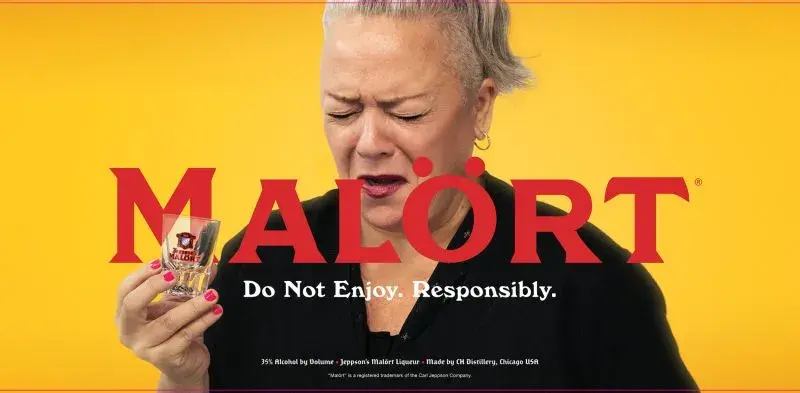


![→ Download Now: Market Research Templates [Free Kit]](https://i4lead.com/wp-content/uploads/2024/08/6ba52ce7-bb69-4b63-965b-4ea21ba905da.png)



![Download Now: The Annual State of Artificial Intelligence in 2024 [Free Report]](https://i4lead.com/wp-content/uploads/2024/08/b72f2b25-8cc9-4642-9a1b-1e675d3d273b.png)





















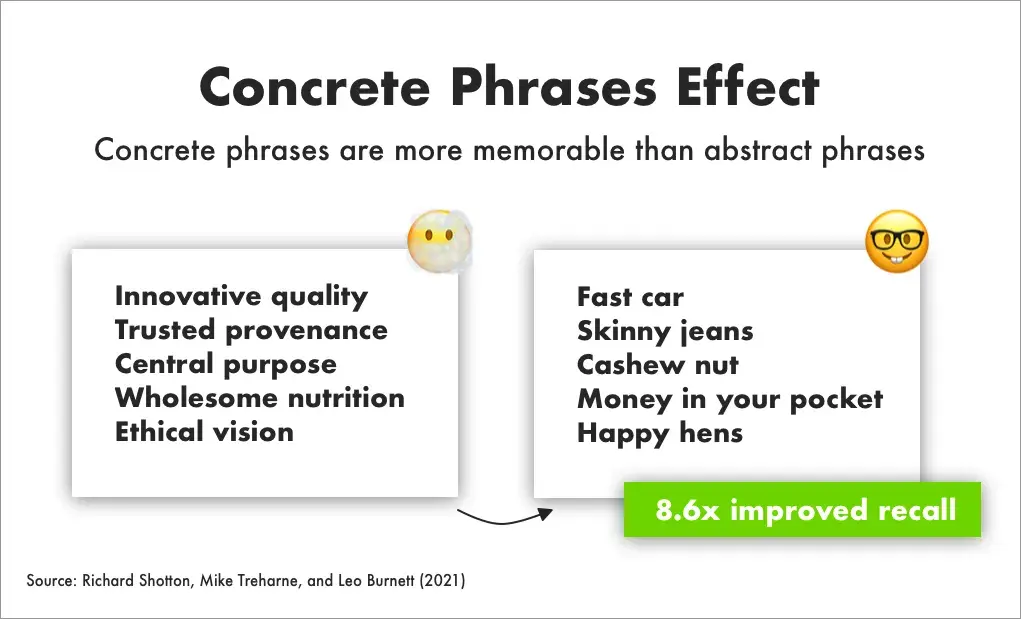
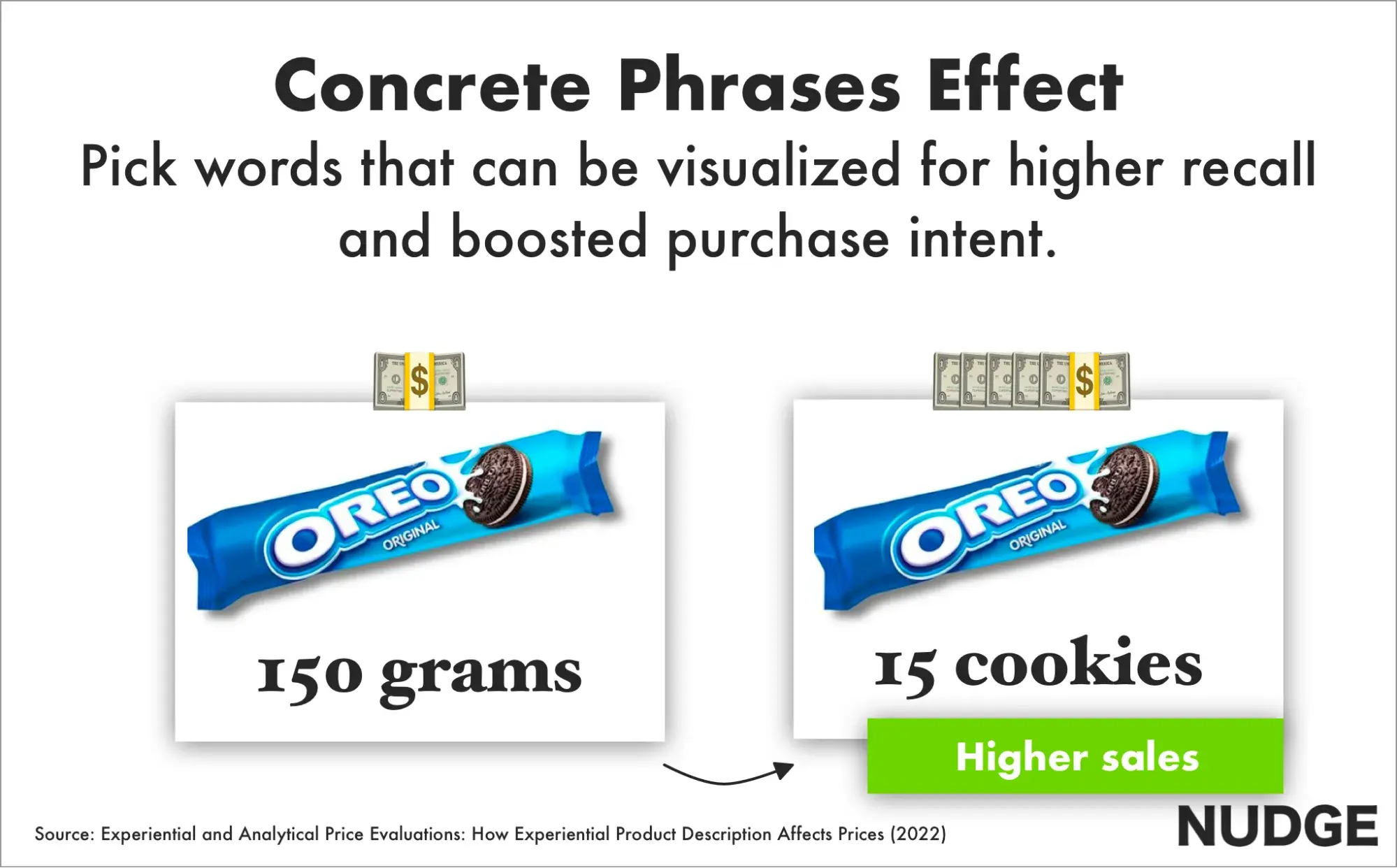
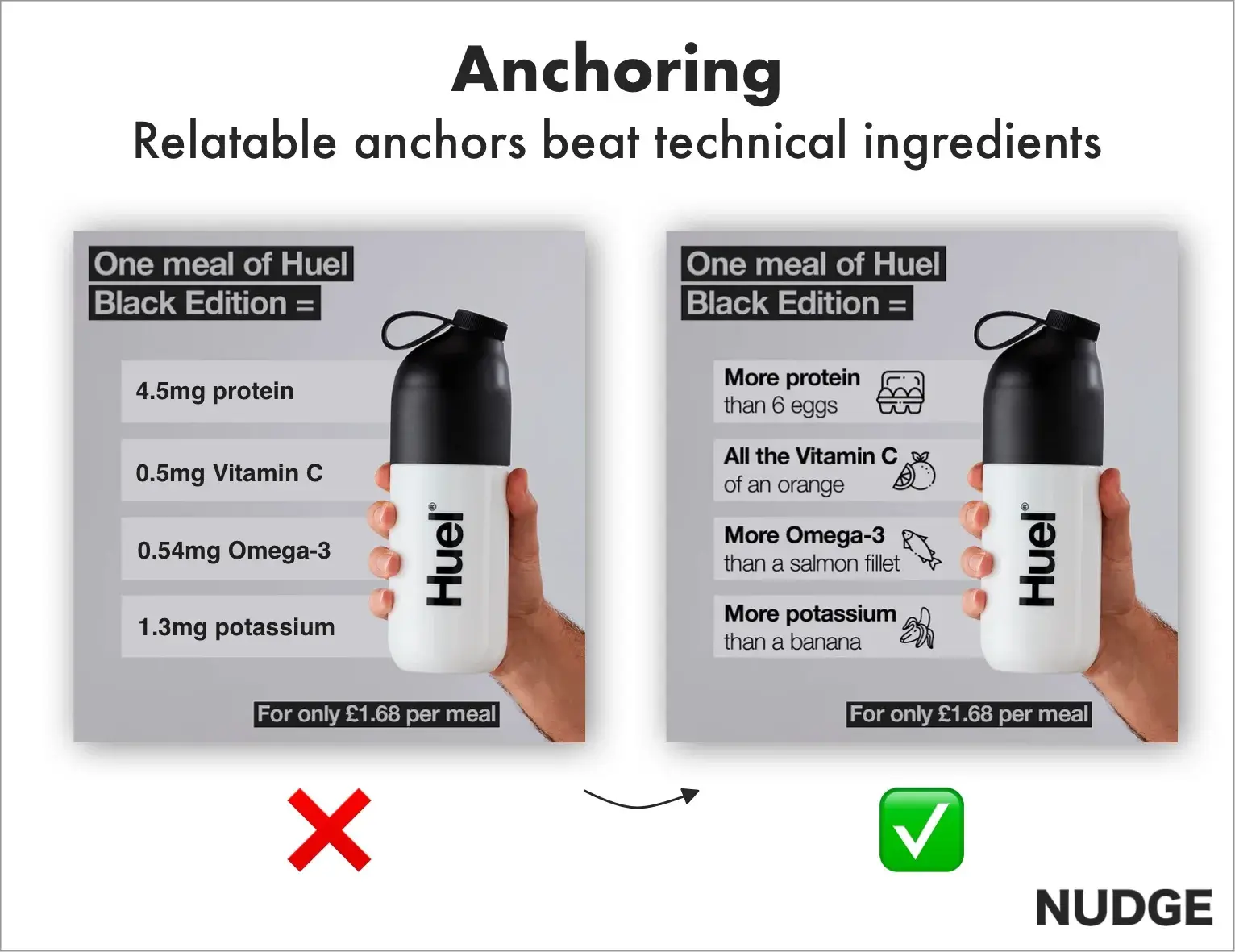

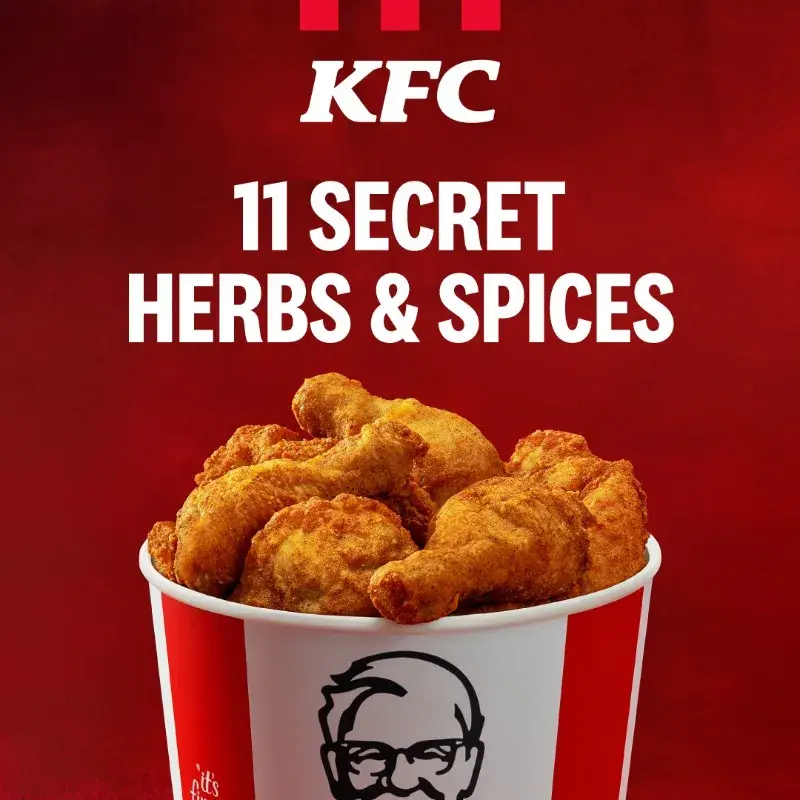
![[alt] Copywriting insights example: Tesla](https://knowledge.hubspot.com/hubfs/copywriting-insights-7-20240730-3897043.webp)
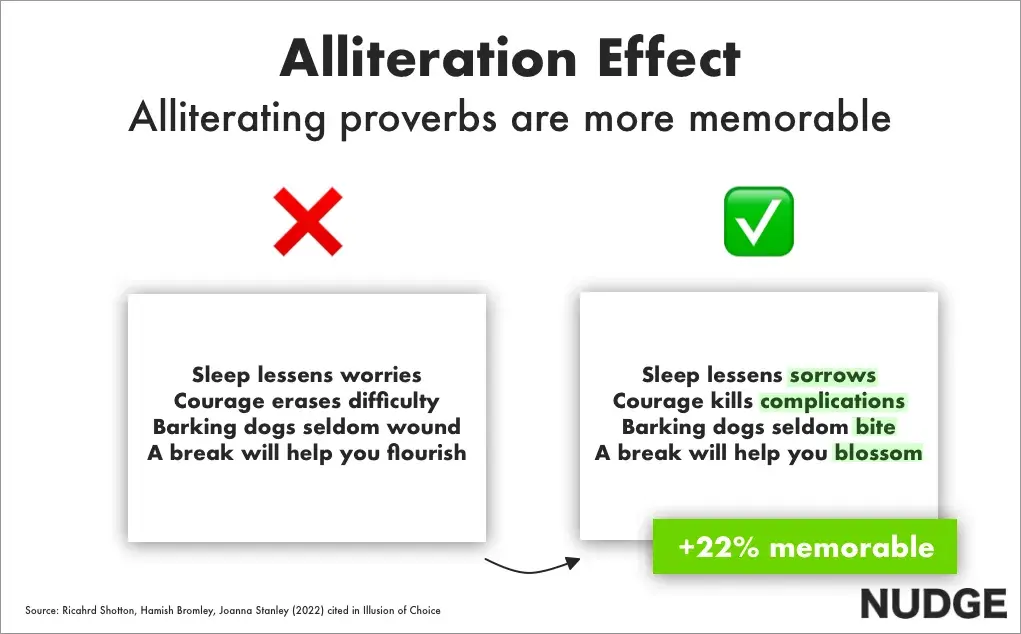
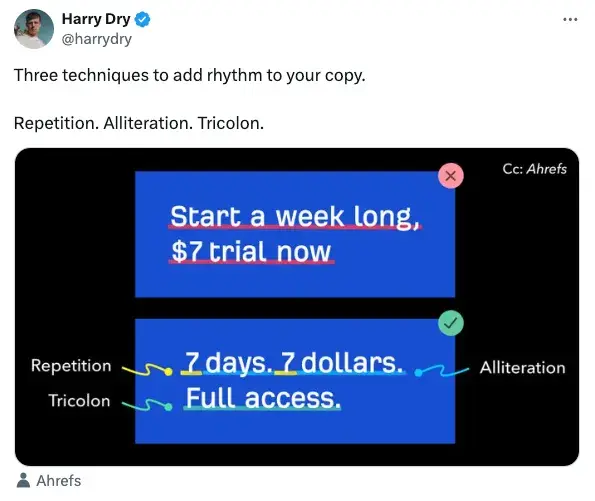
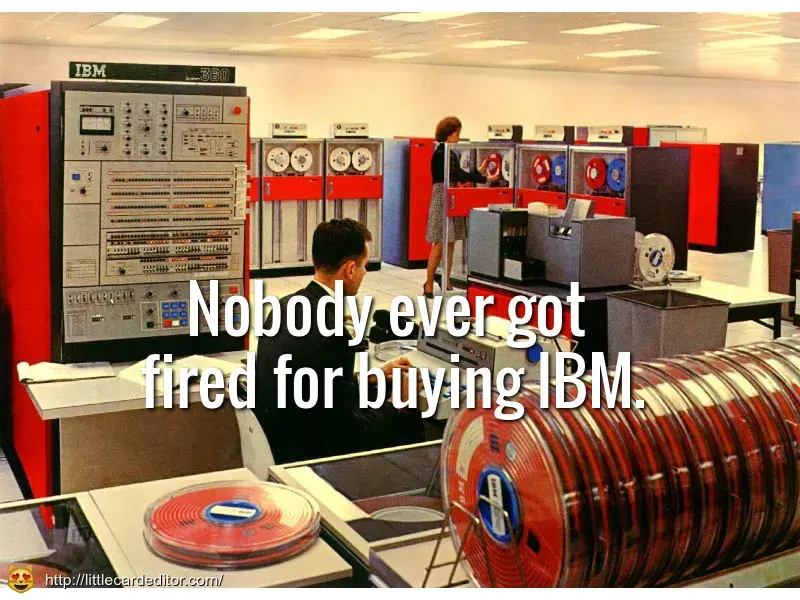
![Download 10 Excel Templates for Marketers [Free Kit]](https://i4lead.com/wp-content/uploads/2024/08/9ff7a4fe-5293-496c-acca-566bc6e73f42.png)


























![Download Now: The 2024 State of Social Media Trends [Free Report]](https://i4lead.com/wp-content/uploads/2024/08/3dc1dfd9-2cb4-4498-8c57-19dbb5671820.png)






